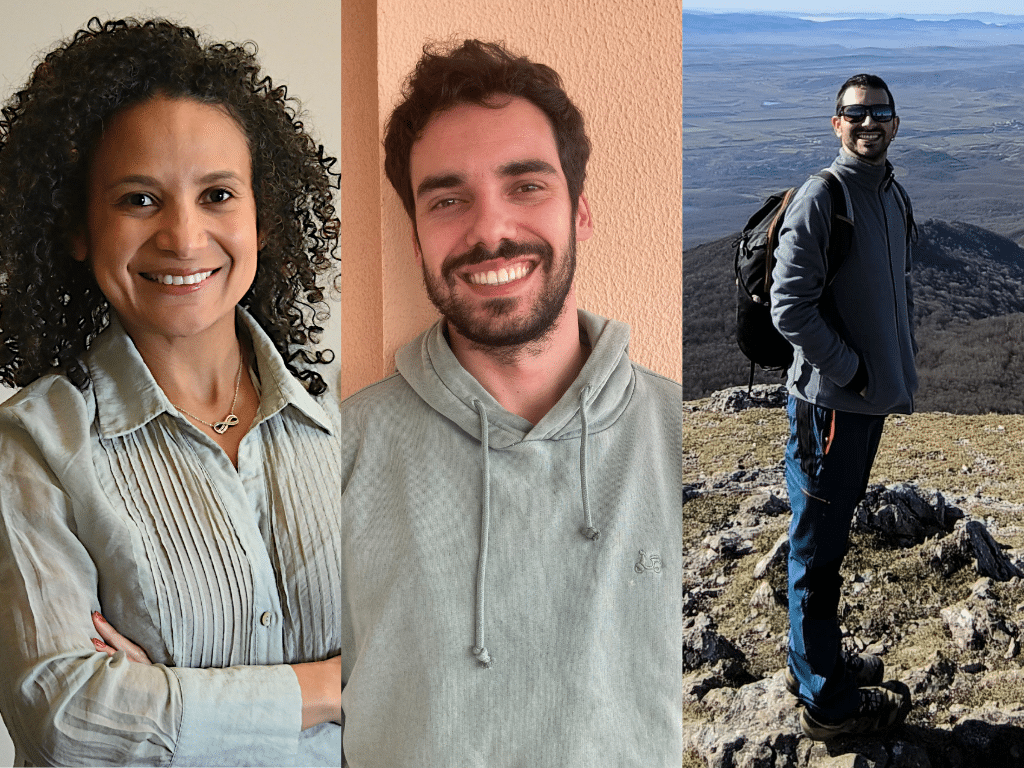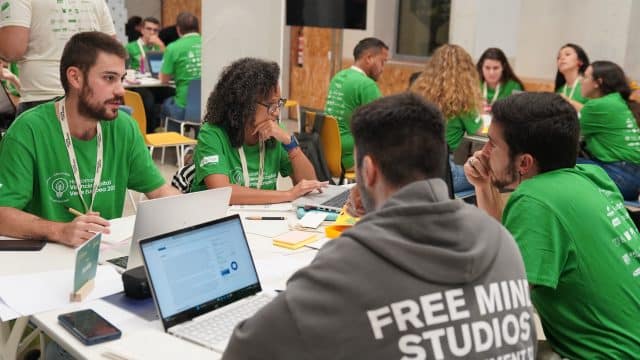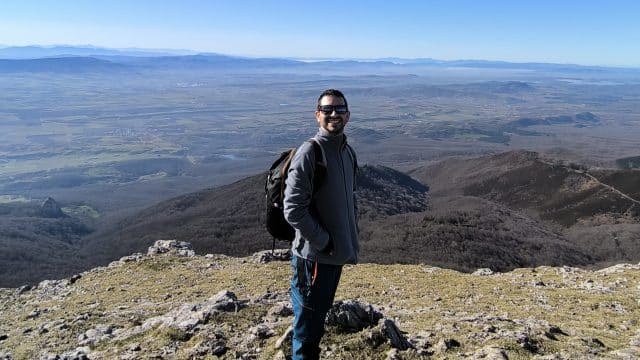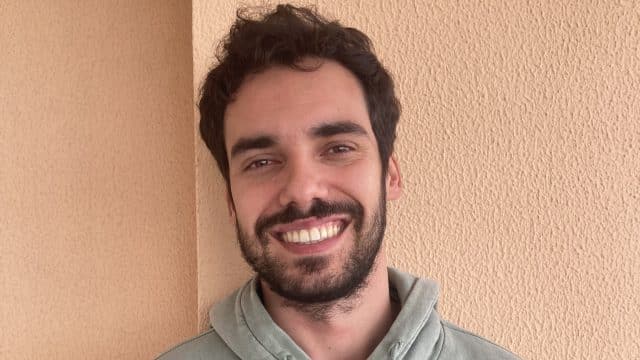Everyday adaptation: how local ‘climate ambassadors’ are driving change in Valencia

In Spain, eroding coastlines and riverbeds, as well as forest wildfires, are turning communities into climate frontlines. In the past year alone, the Valencia Autonomous Community has endured both catastrophic floods and heavy rainfall, as well as droughts and record-breaking heatwaves.
In October 2024, the region was hit by one of the worst flash floods in European history, which affected over 190,000 people. While the scars left by this event will take years to heal, stories of community resilience and mutual support have nonetheless flourished from the ground up.
The increasing scale of extreme climate events, affecting interconnected systems from infrastructure and health to land use and biodiversity, requires a different approach both to prevention and to recovery. This transformative, systemic lens is being increasingly applied to local policy and governance with the support of EU-funded initiatives, such as DesirMED, of which Climate KIC is a key partner.
Adaptation in action: learning from the ground up
DesirMED is helping drive greater integration of climate adaptation solutions inspired by nature into regions and communities across the Mediterranean. A key element of this is involving – and learning from – local communities and citizens, ensuring that innovative solutions are still rooted in lived experience, trust, and a sense of shared ownership.
Part of this approach is highlighting the voices of a new generation of ‘climate ambassadors’, young citizens who have been living with the awareness of climate change for as long as they can remember, and are focusing on finding solutions through their studies, work, or everyday life.
A diversity of perspectives can make for more innovative solutions
The Valencia Sustainability Hackathon, organised in partnership with the Generalitat Valenciana, DesirMED, and Climate KIC, took place only a month after the region was battered by its deadly floods.
The timing underscored the stakes, even though the challenge revolved around forest wildfire prevention in local communities. The technical aspect made Eva Meza Rivera, a communication specialist originally from Colombia, initially hesitant to join the Climathon. “At the beginning, I was a bit hesitant because I am not an engineer,” she says. “But in the participating team, we were from different backgrounds and experiences, ready to learn new things.”
That diversity turned out to be a strength. Eva’s team tackled a critical communication gap: how wildfire awareness campaigns often fail to resonate with residents. “People were tired of attending repetitive workshops,” says Eva. “We needed to find a different way to engage the community.” From this observation, her team went on to devise a gamified education approach and a podcast series co-created with schools and local associations.
The role of technology in everyday climate prevention
For Alejandro Cornelles, a forestry engineer based in Castellón, adaptation means integrating technology with community participation. His team proposed a public app designed to connect homeowners in high-risk areas with real-time alerts, fire prevention tools, and a self-assessment survey. “We also proposed a ‘certificate of technical housing inspection’ like that for energy efficiency,” he explains. “It could influence tax or insurance incentives depending on the level of prevention and low risk of the property.”
“It would be necessary to make braver decisions as a society, especially from public administrations,” he adds. “But also, we must embed environmental thinking across education and everyday life, not just in specialist circles.”
Making space for community-driven initiatives
Alberto Lora Martin, who is from Valencia and was in the same team as Alejandro, is convinced that tech alone is not enough. Their proposal included citizen science features, youth participation groups, and temporary responsibility roles for adults. “The idea was to strengthen the sense of community and highlight that fire prevention is a collective effort,” says Alberto.
He no longer sees climate change as distant: the recent floods and heatwaves have made its impacts an immediate concern. “Summers are becoming longer and hotter, which increases the risk of heatwaves, forest fires and health problems in the most vulnerable people,” he says. “These variations are directly affecting farm workers, since Valencia is a land with a big agricultural tradition.”
What can local communities do, then, when climate change seems so broad and complex? “We must create spaces that promote community projects,” says Alberto. “From hackathons, like the one I participated in, to urban gardens or local reforestation projects, so that young people can see how an active and organised citizenship can really make an impact.”
Climate KIC works with communities, regions, and partners to build climate-resilient societies and tackle the root causes of climate breakdown. Through systemic innovation and collaboration, we support local solutions that enhance the resilience of people, ecosystems and economies to the growing impacts of climate change. Our #AdaptationInAction series highlights stories from our global adaptation portfolio, real examples of resilience in action. This is one of them.
See more European case studies here
Subscribe to our newsletter and follow us on LinkedIn to stay up to date with Climate KIC’s adaptation initiatives.




